Manikarnika Ghat, nestled along the holy Ganges in Varanasi, isn’t just a ghat; it’s a poignant window into life’s final journey. As one of Varanasi’s busiest and most significant ghats, it houses an eternal fire, believed to have blazed since ancient times, serving as an open crematorium steeped in sacred Hindu rituals.
I am Vishwanatha, the Lord.
Kashi is the Light of Liberation.
The waves of the River of Heaven are the wine of immortality.
What can these three not provide?
The above lines are from Kashi Khanda, one of the parts of the ancient Skanda Purana, which praises the Sangam of the three elements, particularly Ganga, Varanasi, and therefore the Vishwanatha Temple. This ancient text established the part of the essential belief that gives uniqueness to all three elements to such an extent that they stand large as religious among the beliefs of Hindus in India.
The city of Varanasi is understood the world over as the “sacred city” of India, and it is recognised as the “most ancient continuously inhabited city of the world”.
Table of Contents

Like any other component present in the city of light, the ghats too are very religious and considered a platform for liberation and the end of human misery. There are around 84 ghats. If the blessings of life start at Dashashwamedh Ghat, then they end at Manikarnika Ghat; a unique combination of life and death in the desire for salvation attracts the pilgrims. Paradoxically, it is the only city on earth that is famous for death and salvation.
“Even after a thousand cycles of life and death, one is not sure if one gets salvation or not.” It is attainable in a single birth in Kashi (Varanasi). This is a great saying for Kashi.
History of Manikarnika Ghat
Mani of Shiva
The name ‘Manikarnika’, as the scriptures suggest, came when the ‘Mani’ of Shiva and ‘Karnika’ of Parvati, while bathing in that Kund, slipped off and fell in it. The decision of Shiva to retain the task of granting salvation is seen in the broader perspective here in Manikarnika.
It is said that here in this ghat, Lord Shiva, himself directs the soul of the dead to crossover the world towards the path of salvation by speaking the ‘Taraka Mantra’ in the ears of the dead. This belief is the lifeline of the ghat, which makes it a special place for cremation.
Story of Sati
Another narrative claims that Mata Sati sacrificed herself by positioning her body on fire after one of the sons of Lord Brahma, Raja Daksh Prajapati, tried to dishonor Lord Shiva in a Yagnya (a ritual within which offerings are made into a dedicated fire).
Later, Lord Shiva carried Mata Sati’s body toward the Himalayas. During this journey, her body started to fall onto the earth. Shakti Peeth (a place of worship to the divinity Sati/Shakti) was then established in each place her body parts had fallen.
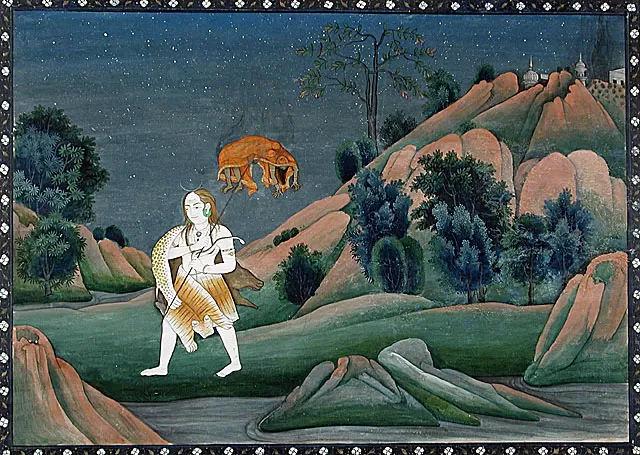
In this story, Mata Sati’s earring fell at Manikarnika Ghat, and the name is derived from it.
The Manikarnika Ghat, popularly known as the “Maha Smashaan” or ”great cremation ground” is one of the main ghats present on the long stretch of the holy river of Ganga flowing past the city of Varanasi.
The ghat is the site of the most important of the two cremation grounds of Varanasi, and of the sacred tank beside which Lord Vishnu performed his cosmogonic austerities. The ghat is located at a point roughly midway along the Ganga between the confluence of the Assi and Ganga, which marks the southern boundary of the sacred city, and the confluence of the Varuna and Ganga, which marks its northern boundary.

“While in India, the cremation ground is generally on the periphery or outside the area of human settlement, in Kashi, it is at the very hub. Just as India is said to be the navel of the world and Kashi is the navel of India, so Manikarnika is the navel of Kashi.”
On entering the ghat from the southern end, one finds huge stacks of wood (of different trees and quality) used in cremation. Moving further,r one comes across the platform of cremation with Dom workers and Purohits working in the area.
Crossing the area, one can reach Manikarnika Kund (water tank), the original identity of this ghat. This Kund is believed to have been made by Lord Vishnu himself in the age when life on the planet was in its preparatory stage. Today, Manikarnika Ghat is serving as many as 400 cremations per day.

Importance of Manikarnika Ghat
- Manikarnika Ghat is considered the holiest cremation ground for Hindus. According to belief, those cremated here are granted moksha, liberation from the cycle of birth, death, and rebirth, making it one of the most spiritually significant places in India.
- Manikarnika is also one of the 51 Shakti Peethas, sacred sites where parts of Goddess Sati’s body are believed to have fallen. This connection deepens its importance as a major pilgrimage destination, drawing devotees seeking divine feminine energy and spiritual purification.
- The origins of Manikarnika Ghat trace back to the Vedic period (1500–500 BCE). Referenced in scriptures and oral traditions, it stands as a site of immense archaeological and cultural importance, making it one of the oldest living sacred places in the world.
- Cremations at Manikarnika bring together people from all walks of life, the rich and poor, locals and outsiders, united in the final ritual of death. The ghat embodies the egalitarian nature of Hindu funeral traditions and reflects the ritualistic, emotional, and social dimensions of mortality.
- Beyond its spiritual role, the ghat supports the livelihoods of hundreds of families. From Dom priests, wood vendors, and flower sellers, to those who assist with rituals, this sacred economy sustains an entire ecosystem tied to the ancient tradition of cremation.
- Despite its sombre setting, Manikarnika Ghat is a key destination for cultural tourism. It offers visitors a raw and powerful glimpse into Hindu beliefs about death, the afterlife, and liberation, and plays a role in supporting the local economy through guided walks and respectful boat rides.
- To many, Manikarnika is more than a cremation site; it is a place of inner awakening. For seekers, philosophers, and pilgrims, standing here offers a moment of reflection on the impermanence of life and the essence of the soul.
- At its core, Manikarnika Ghat is a reminder of life’s impermanence. The constant presence of fire, ash, and chanting stirs contemplation, not just of death, but of how we live, what we leave behind, and where we go next.
How to Reach Manikarnika Ghat
Manikarnika Ghat is located in the Lahori Tola area of Varanasi, nestled deep within the spiritual core of the old city. It is well connected to all major points, including Varanasi Junction, Banaras Railway Station, Lal Bahadur Shastri Airport, and the Cantt bus stand, via road. However, due to narrow lanes and heavy foot traffic, the most immersive and efficient way to reach the ghat is on foot or by boat.
You can –
Take a boat ride from any major ghat, especially Assi or Dashashwamedh, to see Manikarnika from the river – a powerful and respectful way to witness the ghat’s spiritual intensity.
Book a Ganga Aarti & Manikarnika Boat Ride
Walk along the ghats starting from Dashashwamedh Ghat, which is just a few minutes away. The route is scenic and spiritual.
Join our guided heritage walk that covers Manikarnika Ghat and nearby sacred sites while explaining their deep cultural and mythological context.
Explore the Morning Heritage Walk
What to See
- Cremation Ground
- Manikarnika Kund
- Kachori Gali
Nearby Temples
- Ratneshwar Mahadev Temple
- Tarakeshwar temple
- Baba Mashan Nath Temple
- Vishnu Paduka Temple
- Kashi Karvat Temple
Nearby Ghats
- Scindia Ghat
- Panchganga Ghat
- Lalita Ghat
Discover Manikarnika Ghat and all 84 Ghats of Varanasi like never before – Book your private boat tour

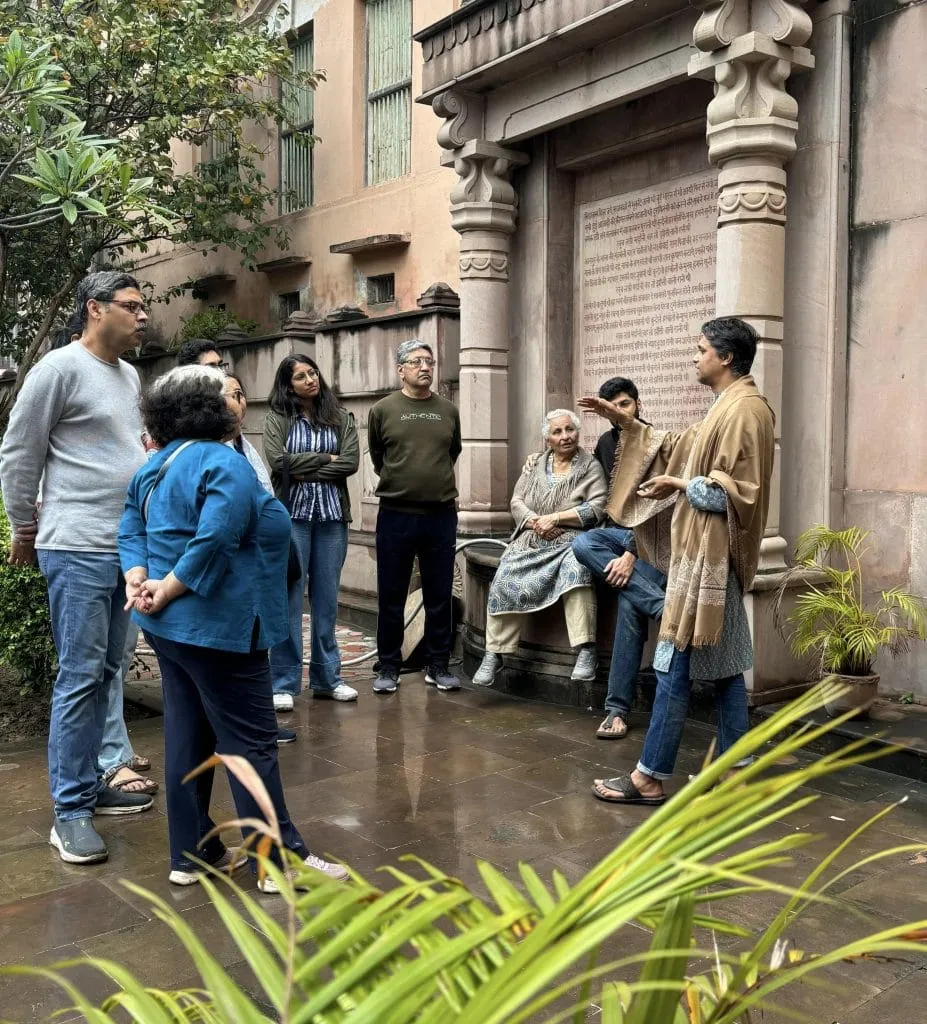


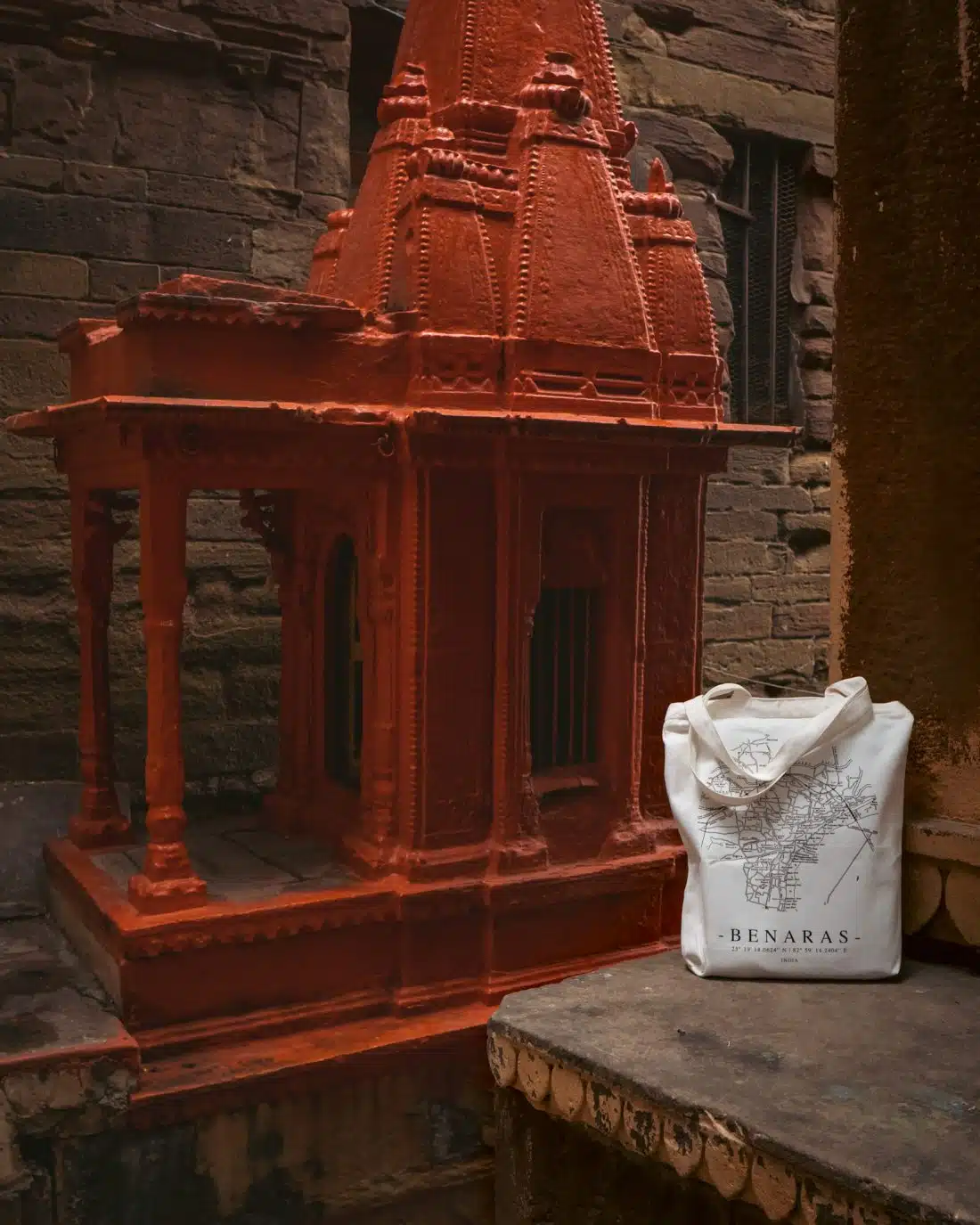
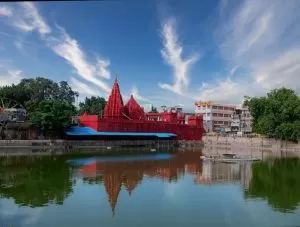


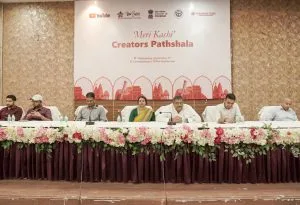
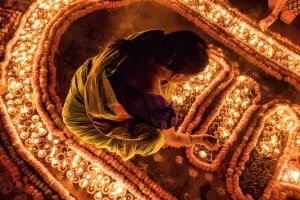

Superb description about the place it was like visiting the place just by reading it. Great work !!!